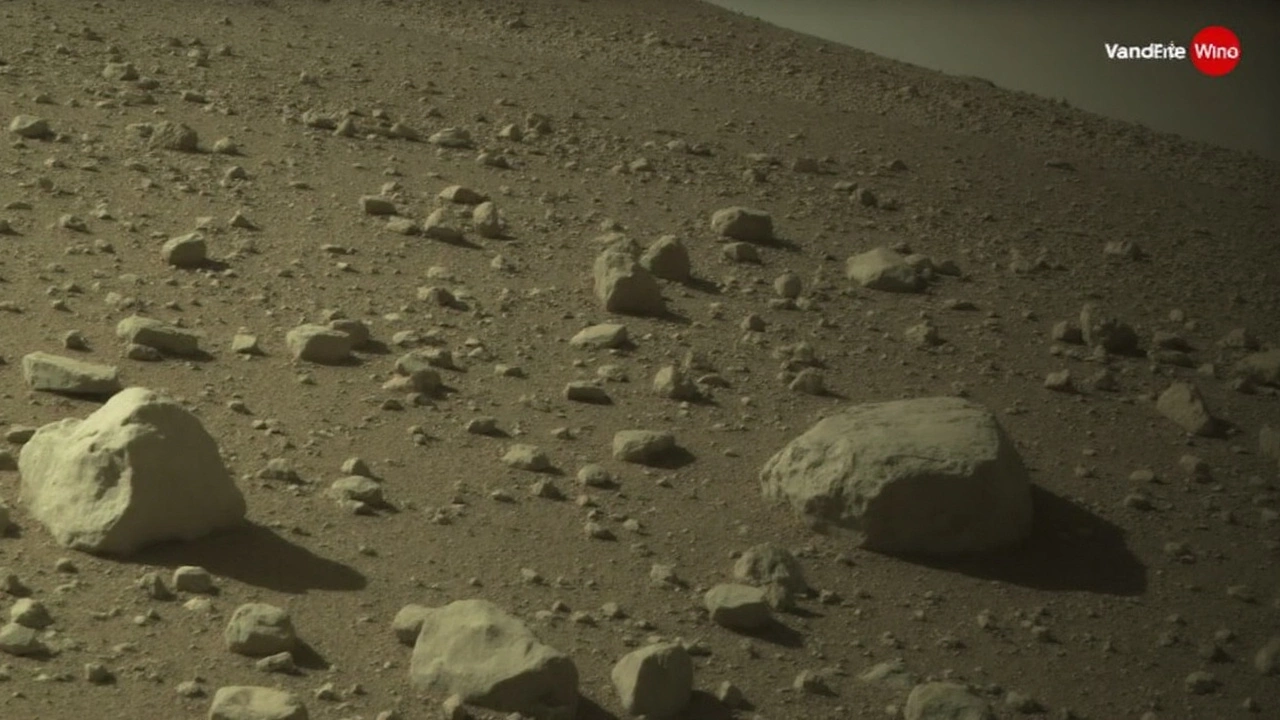Jezero Crater: The Martian Spot Worth Watching
If you’ve ever wondered where on Mars scientists think water once flowed, the answer is Jezero Crater. This big, bowl‑shaped depression sits in the planet’s western Isidis basin and looks like a dry lakebed. The rocks there tell a story of an ancient river that emptied into a lake about 3.5 billion years ago. That’s why NASA chose it as the landing site for the Perseverance rover – they hope the sediments hold clues about past life.
What Makes Jezero Crater Special?
First off, Jezero isn’t just any crater. Its rim is broken by a river delta, the kind of feature that on Earth often preserves fossils. The delta’s layered rocks could have trapped organic material, if any ever existed. Second, the crater’s floor is peppered with ancient river channels that snake across the landscape, showing how water moved long ago. Finally, the area still shows signs of mineral deposits like clays and carbonates, which on Earth form in water‑rich environments.
All these clues point to a place where life could have taken hold, even if only for a short time. That’s the sweet spot for planetary scientists: a location that’s both geologically diverse and potentially habitable. Perseverance’s instruments are busy sampling rocks, snapping high‑resolution photos, and even preparing to return samples to Earth in a future mission.
What Perseverance Is Finding So Far
Since its landing in February 2021, Perseverance has been busy. It’s taken thousands of photos, mapped the terrain in 3‑D, and collected core samples from the delta. Early analysis shows the rocks contain a mix of volcanic and sedimentary material, confirming that a lake once existed. The rover’s cameras also caught tiny spikes of silica, which on Earth form around hot springs – another sign of water activity.
Perhaps the most exciting part is the rover’s ability to store rock cores for a future return mission. If those samples contain preserved organic molecules, scientists back on Earth could examine them with lab equipment far more powerful than anything on Mars. That could finally answer the million‑dollar question: did life ever arise on the Red Planet?
Even beyond the science, Jezero Crater has captured the public’s imagination. The name itself comes from the Czech word for “lake,” and the region was highlighted in the 2021 New Horizons images of Pluto’s own icy plains. People love the idea of a dry basin that once held water, and the rover’s selfies against the crater’s rim are instant viral hits.
So why should anyone care about a dusty hole on a planet millions of miles away? Because Jezero Crater is a real‑world laboratory for understanding how planets evolve. The same processes that turned a watery world into a barren desert on Mars could happen elsewhere in the galaxy. Studying Jezero gives us a template for spotting other habitable worlds.
In short, Jezero Crater isn’t just a spot on a map. It’s a window into Mars’ watery past, a testing ground for cutting‑edge robotics, and a stepping stone toward answering whether we are alone. Keep an eye on the latest rover updates – every new image or data point brings us closer to cracking the mystery of life beyond Earth.

Perseverance Rover’s ‘Sapphire Canyon’ sample hints at ancient life on Mars
NASA’s Perseverance rover found potential biosignatures in a Jezero Crater rock nicknamed “Sapphire Canyon,” collected from a site called Cheyava Falls. The 3.5-billion-year-old sample is rich in organic carbon, sulfur, oxidized iron, and phosphorus—elements that could support microbial life. NASA calls it the closest sign of ancient life yet, but stresses more study and sample return are needed.